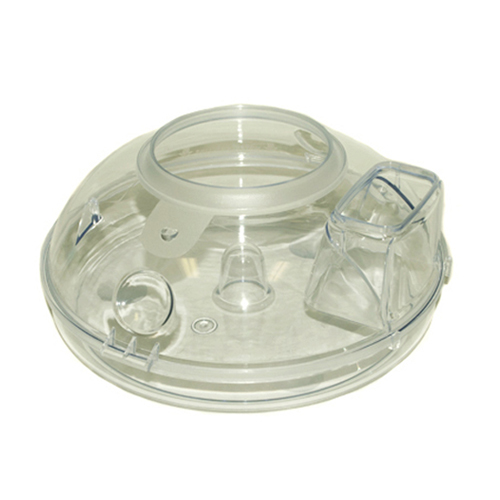The Rainbow vacuum water basin is at the heart of your Rexair cleaning system. The first time you use it, prepare to be shocked.
The water and HEPA filtration systems combine to trap 99%+ of all grime and bacteria. Whether that’s from your floors and carpets or the air you breath, it matters not; they are merciless.
We’re not saying that as some kind of pitch, it’s pure fact. To that end, Rainbow vacuums ought to come with a bed so that the feint-hearted have something to swoon upon.
People are genuinely mortified when they see what collects in the vacuum’s water basin during and after the first couple of times of use.
One thing many people don’t consider when buying their Rexair is emptying a Rainbow vacuum and where to dispose of the water basin’s contents. Here’s what a few users recommend.
Can Rainbow vacuum water basins get too heavy to empty?
 It’s not unusual for an average apartment or small home to need the water basin refilled three or four times when their owners first treat them to a proper clean.
It’s not unusual for an average apartment or small home to need the water basin refilled three or four times when their owners first treat them to a proper clean.
Whether you own the D series or the latest E or E2 series Rainbow vacuums, water basins are available in 2- or 4- quart capacity. The amount of changes needed and length of time between those changes will obviously depend upon the capacity of your preferred basin size.
The guideline water level for either is to the top of the basin’s internal dome. Provided that you only ever fill the water basin this high, weight shouldn’t be an issue when emptying your Rainbow vacuum.
Help! Where shall I dump the sludge?
One thing most people don’t consider, however, is where to empty the basin’s contents once the water inside starts to turn inky black.
Rainbow Power Nozzles are named so for a reason. If the only residue was water, there’d be no problem. However, when you’ve got pets or heavy traffic, expect quite a bit more to deposit in the bottom of the pan.
Grit and silt will sink to the bottom. Therefore, if you don’t have pets, the majority of the slurry you can empty into an external drain.
One ingenious solution was to invest in a large, inexpensive fine plastic strainer. Even though the water basins themselves are quite rotund, the outlet isn’t overtly large.
The gentleman in question (yes, it’s a he) holds his strainer over the toilet and pours the contents through it. The dirty water flows right on through, the collected residue he puts out with the trash.
Isn’t all of that debris bad for your plumbing?
There are reports suggesting that the grime collected by Rainbow vacuums, because of their ability to pick up even the finest grit and sand, can form a silt deposit of its own in domestic plumbing systems over time.
One such tale relates that, when trying to free a plumbing system of its blockage, the collected silt had become so dense and compact that it broke the teeth on the plumber’s circular saw.
Conversely, some say they’ve emptied their water basin contents straight down the loo without so much as a colander for a filter and had no problems whatsoever in a quarter of a century.
Not knowing the layout of the plumbing, what else had been flushed down the pan over time or even the integrity of the plumber who “broke his saw on vacuum debris”, we simply cannot say whether that’s true or not.
Therefore the safest method of emptying Rainbow vacuums by far, and the old staple of Rexair vacuum salesmen of years gone by, “Get the rubbish out the house!”
You can drill a few holes in a bucket and dump the water pan into it. Once everything is dry, you can clean the bucket and throw the remains in the trash.
Another idea is to place an old screen above two bricks and pour the water pan onto it. Again, once everything is dry, you can easily clean the screen and toss the hair and fibers into the garbage dispenser.
So, your turn: what’s your experience of disposing of the debris? We’d love to hear your best tips for emptying Rainbow vacuum water basins; please share them with us in the comments space, below.
